A 9 year old boy died in a car accident in NYC on Friday night. Copper Stock was walking with his father, the oncologist Richard Stock, on the Upper West Side in New York City on Friday night when the fatal accident occurred. The young boy and his dad were trying to cross the intersection of West End Ave and West 97th Street when they were struck by a taxi driver making a left turn. Cooper, a third grader at The Calhoun School died at the hospital. He loved the Knicks, the New York Yankees and classic rock ‘n’ roll.
Unfortunately, pedestrians being struck by vehicles making left turns are all to common in NYC.
Read more in the New York Times.
 New York Personal Injury Attorneys Blog
New York Personal Injury Attorneys Blog



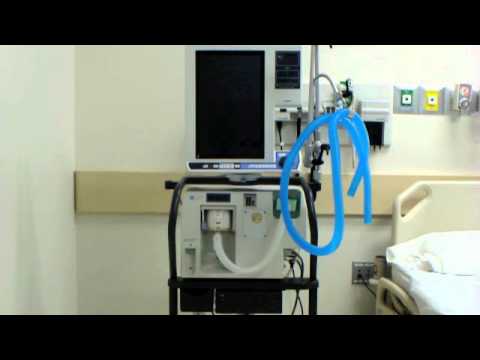
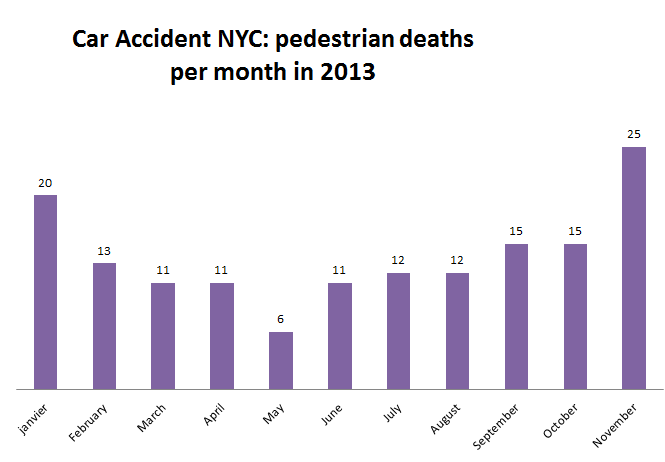
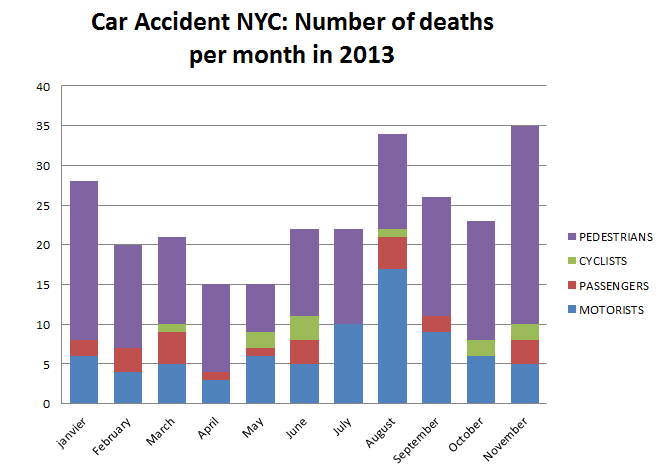 4692 people suffered personal injury in car accidents in NYC in November compared to 3977 in November 2012.
4692 people suffered personal injury in car accidents in NYC in November compared to 3977 in November 2012. 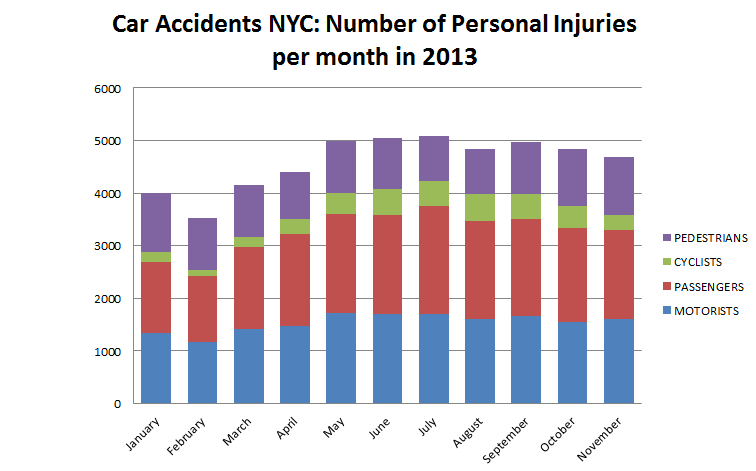 Distracted drivers were responsible for 2560 car accidents in New York City in November 2013. Distracted Driving is the most common contributing factor to car accidents in New York.
Distracted drivers were responsible for 2560 car accidents in New York City in November 2013. Distracted Driving is the most common contributing factor to car accidents in New York. Our partner, New York Personal Injury Lawyer
Our partner, New York Personal Injury Lawyer  Our Partner New York Medical Malpractice Attorney
Our Partner New York Medical Malpractice Attorney 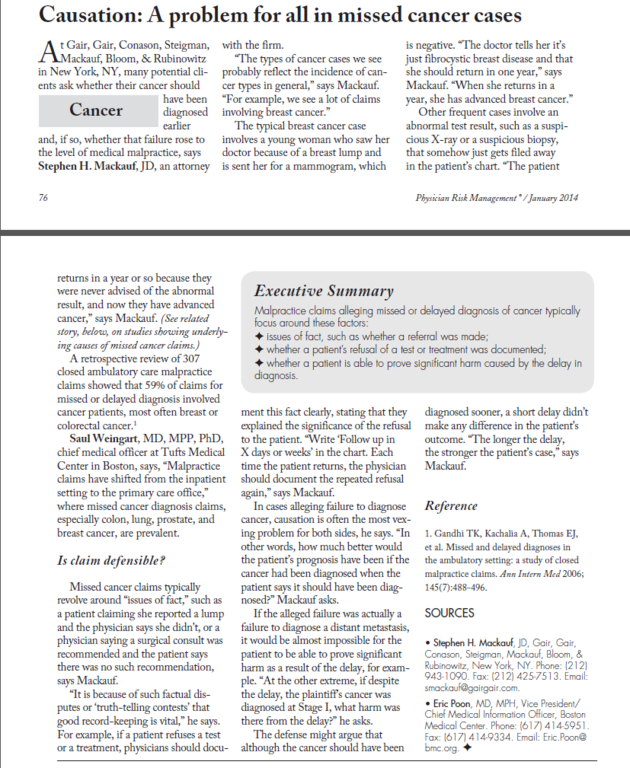
 After the recent
After the recent 